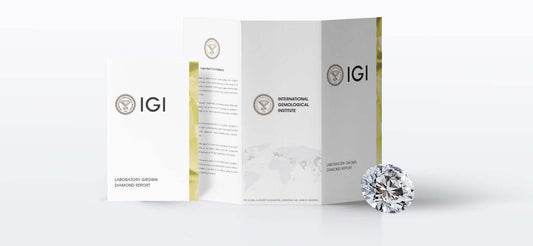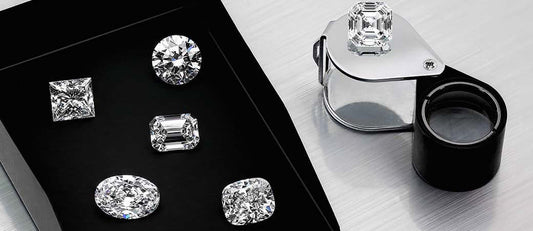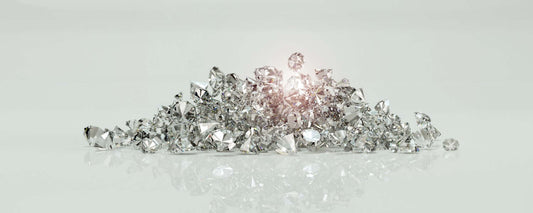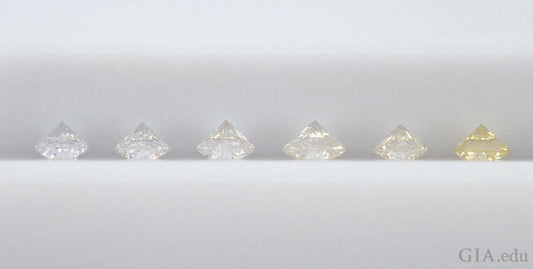What Is Diamond Color?
Diamond color refers to the degree to which a diamond lacks color. If a diamond has a complete structure and contains no impurities, it should be totally colorless.
In fact, almost all diamonds are formed with small amounts of impurities, such as nitrogen, boron, hydrogen, or other elements, that cause diamonds to have some degree of hue. Among these impurities, nitrogen is the most commonly mixed element in natural diamonds. In diamonds with higher nitrogen content, they will appear yellowish or brownish.
In general, the purer and more colorless a diamond, the rarer and more valuable it is. But fancy colored diamonds are the opposite of colorless diamonds; the more obvious the color, the higher the value.
Diamond Color Grading
Diamond color is graded D-Z:
D-F:Colorless
D is the top color grade, which means that the diamond is completely transparent without any color, and is the rarest diamond color grade. E-F color diamonds also belong to the colorless range, containing only a very slight amount of color which is difficult to detect with naked eyes, and are also very precious.
G-H:Near Colorless
Diamonds of this grade are close to colorless, and are a little lower in price than D-F grades. They are also very precious.
I-J:Near Colorless
Diamonds of this grade contain only a small amount of color, which can only be seen carefully, and the price is relatively affordable.
K-M:Faint
A diamond of this grade has a light yellow/brown tones and is still a good quality diamond when combined with an excellent cut.
N-Z:Very Light to Light
Diamonds of this grade show noticeable color and are suitable for customers who prefer yellowish diamonds.

How to Choose Diamond Color?
We believe there are several considerations besides price when choosing diamond color:
1) Setting material undertone: The color of the diamond will stand out on a clear or white undertone. So when a lower-color diamond is set on a white-toned material, the yellow/brown tones of the diamond will be more noticeable. On the contrary, if the diamond is mounted in yellow or rose gold, the color grade requirements can be lowered.
2) Matching side diamond color: If the setting design includes side diamonds. It is recommended that the difference between the color of the side diamonds and that of the main diamond should not exceed one or two grades, so that the entire jewelry looks more consistent and harmonic.
3) Diamonds with corners: If you choose a diamond shape with sharp corners, such as heart, pear and marquise. It is best to avoid choosing a color grade that is too low. Because the color tends to be concentrated at the sharp corners, these locations make the diamond color more noticeable.





